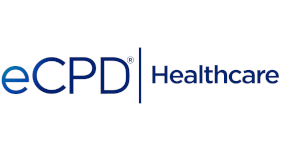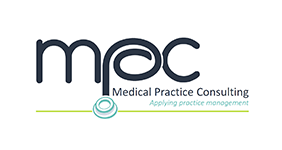Early progressive patient mobility: A win-win scenario
Using science and evidence-based practice is essential in today’s healthcare environment to improve patient outcomes, avoid staff injury and, the bottom line, offer a more cost-effective delivery of care by healthcare institutions across the world.
Kathleen M. Vollman, Clinical Nurse Specialist, Educator and Consultant of Advancing Nursing is an advocate for early progressive patient mobility and nurse education. She is working hard to build skill and change the culture in healthcare about the importance of using technology to actively mobilise ICU patients as soon as possible to avoid Hospital Acquired Infections, ventilator-associated pneumonia, pressure ulcers and blood stream infections. She says: “Look at the caregiver, if they’re able to use technology rather than using brute strength, there’s less risk of injury to the caregiver, and for the hospital there’s reduced length of stay, which means reduced cost because the complications to the patients have been minimised”.
How to achieve patient mobility in the ICU
The science and evidence regarding the need to start mobilising critically ill patients much earlier is changing. Components of technology to continually rotate the patient creates a different kind of mobility: Making sure to keep the head of the patient up can reduce the risk of aspiration and can reduce the risk of ventilator-associated pneumonia in the most critical of the population. The term ‘early progressive mobility’ explains the 3-step process until the patient starts to heal. The use of technology helps the patient to move quicker: With a more stable patient the bed can be moved to create a tilt table to a more upright position, and to start building trunk strength the bed turns in to a chair with the next step is using lift systems to help the patient stand. Lifts are used to support the patient safely and also reduce potential caregiver injury so that the patient can ultimately walk.
Evidence shows that in hospitals with a coordinated mobility programme in place, where technology makes it easier for the caregiver to do the right thing, patients will get out of bed six days sooner, which means that they can get physical therapy quicker. They’re out of the ICU about 1.5 days sooner and out of the hospital 4.5 days sooner than patients in hospitals that haven’t got any type of mobility programme.
Caregiver education
Safe patient handling is essential to any progressive mobility programme, so making an assessment of the environment and looking at how work processes are implemented, together with what resources and technologies nursing staff needs in order to be able to do it safely is high on the agenda. Kathleen explains: “One of my major goals is to keep as many healthy nurses as possible available to help treat patients and to have a long career, and this is where the technology comes in.” She continues: “To have better patient outcomes, prevent injury to the patients so that they don’t stay as long, and prevent injury to the staff, it pays for itself. The science and evidence is so strong, that the cost argument sells itself”.






